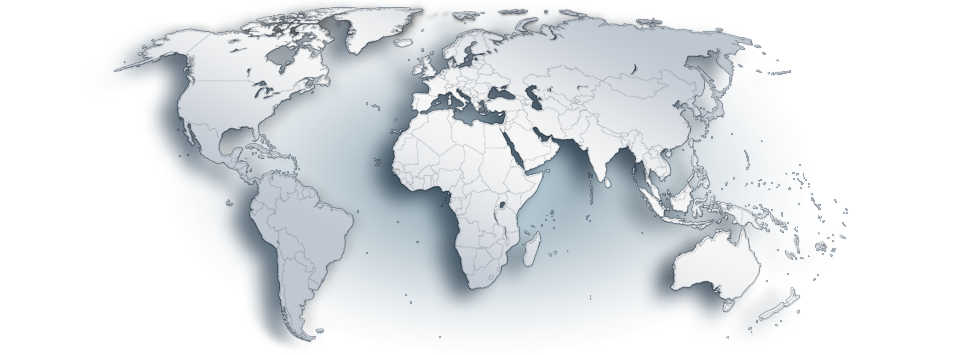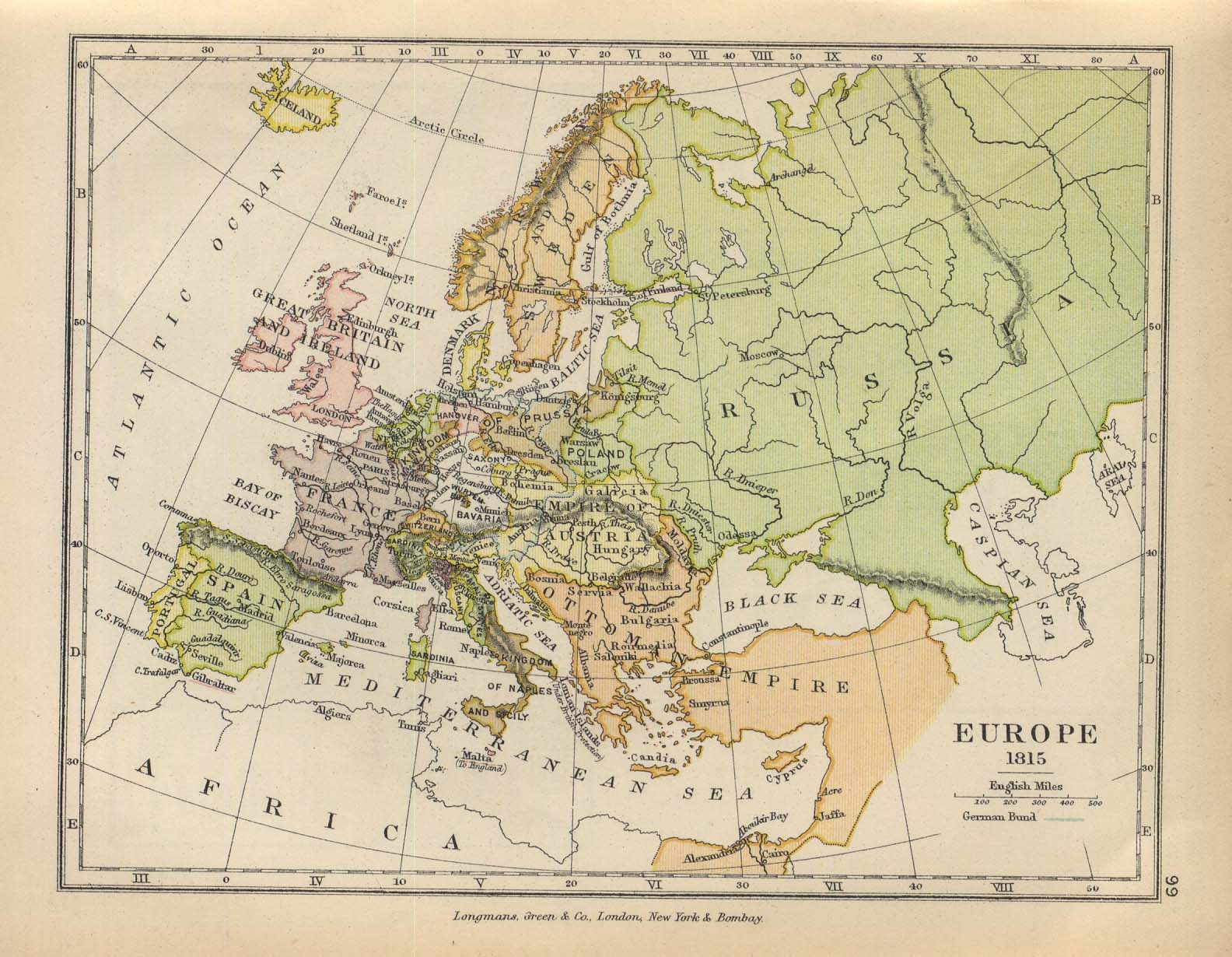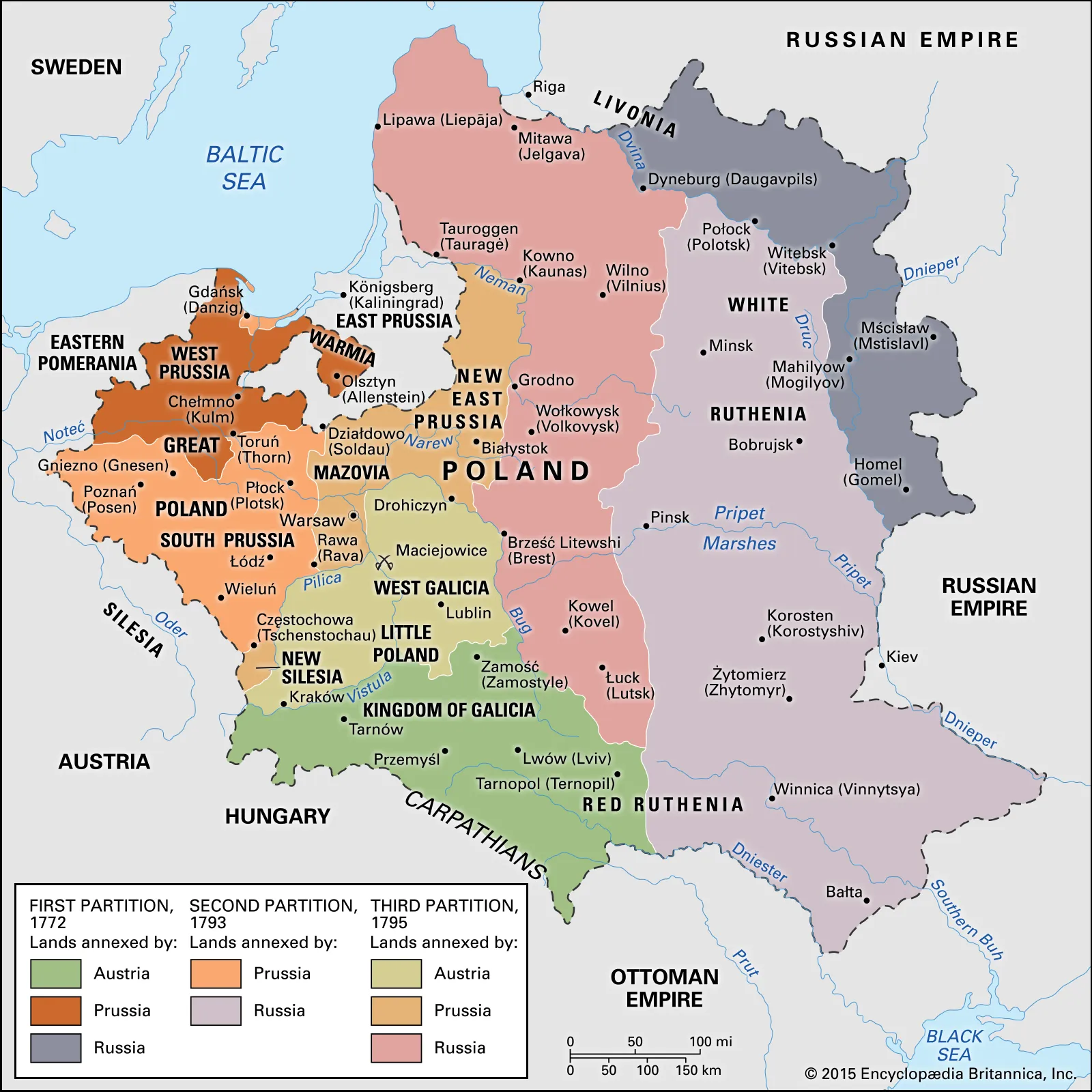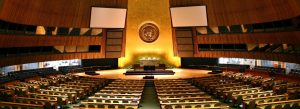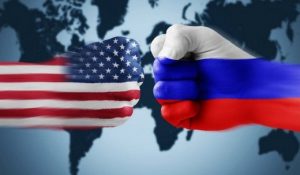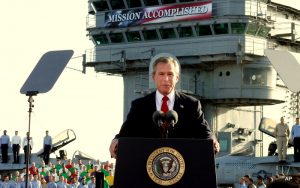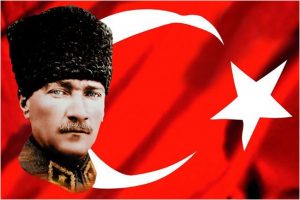
Views: 186
Historical background
Historical Poland (in fact, the Polish-Lithuanian Republic of Two Nations) became divided during the three partitions in 1772, 1793, and 1795 between the Kingdom of Prussia, the Habsburg Monarchy (later Austrian Empire and Austrian-Hungarian Monarchy), and the Russian Empire. At that time, the rulers of all these three states which divided Poland-Lithuania (the Kingdom of Poland and the Grand Duchy of Lithuania) have been by ethnic origin the Germans – Frederick the Great of Prussia, Catherine the Great of Russia, and Joseph II of Austria. It means that the Polish-Lithuanian Commonwealth (established in 1569 by the Union of Lublin), or the Republic of Two Nations was partitioned by the mutual agreement of the three ethnic German monarchs (one Roman Catholic, one Protestant and one originally Protestant, later Orthodox).
The Republic of Two Nations from the 1720s became extremely weakened from all points of view – political, military, social, geopolitical, and financial. As a direct result, the Republic’s inner political life became gradually dependent on the powerful neighboring Russian Empire. It became obvious during and after the 1733−1735 War of the Polish Succession when the last Republic’s rulers Augustus III (1734−1763) and Stanislaw Poniatowski (1764−1795) became substantially dependent on Russia. In order to gain more independence from St. Petersburg, it was organized the Confederation of Bar in 1768 followed by the Polish revolt which was soon suppressed by the direct intervention of the Russian army.
The First Partition (1772)
The First Partition of the Republic in 1772 was a direct outcome of the Russian geopolitical interests in the region of the time based on regaining Russian-populated territories occupied earlier for centuries by the Polish-Lithuanian state (the first Polish-Lithuanian state-political union was in 1385 – the Union of Krevė/Krewo). In 1772, it was the Russian victory over the Ottoman Empire as a consequence of the course of the Russo-Ottoman war 1768−1774 which alarmed the Habsburg Monarchy to such a degree that Vienna was even ready to go to war against Russia. As a mediator for the reason to avoid a new European military conflict between great powers, the Prussian king Frederick II (the Great) proposed to St. Petersburg and Vienna simply to annex parts of the Republic’s territory by their three countries in such a way that Russian territorial gain would not be objectionable to the Habsburg Monarchy. Nevertheless, as the result of the First Partition of the Republic in 1772, Russia annexed the easternmost regions of the Republic of Two Nations – Polish Livonia, Polatsk, Vitebsk, and Mohylew, having now the borders on Dnieper and Western Dvina (93.000 sq. kilometers with 1.300.000 inhabitants). The Kingdom of Prussia annexed 36.000 sq. kilometers with 580.000 people (West Prussia, Netze District, and Elbląg but not the city-port of Danzig/Gdańsk). Finally, the Habsburg Monarchy received 81.000 sq. kilometers with 2.650.000 inhabitants (Galicia-Lodomeria with Lemberg/Lwów, Belz, parts of Podolia, Sandomierz, and Cracow district but without the city of Cracow itself on the north bank of the Vistula River). The new land annexed by Vienna became officially named the Kingdom of Galicia-Lodomeria (without West Galicia). That was, basically, the Palatinate of Rus’. The new name was recalling the title in the old Hungarian crown (Hungary was ruled by the Habsburgs since 1526). Hungarian kings since the 12th century claimed this territory of the medieval Rus’ principalities of Galicia and Volhynia (Lodomeria).
The Second Partition (1793)
After the 1772 partition, Poland-Lithuania adopted a constitution on May 3rd, 1791 (the first constitution in Europe and the second in the world after the U.S. 1787 constitution) which was giving more political power to a hereditary monarchy in order to make the inner structure of the country stronger and viable to resist further partitions of the Republic. However, Polish opponents to such a design formed another military confederation drawn up in Russia – the Confederation of Targowica. This confederation was cooperating with the Russian tsarist authorities for the reason to restore pre-1791 constitutional democratic liberties of the feudal aristocracy against the potential absolute power of the ruler (king/grand duke). The result of the such situation was the military invasion by Russia in 1792 (supporting the legitimate claims by the confederation based on its formal invitation to intervene) that was followed by a Prussian military intervention which both of them ended with the Second Partition of the Republic in 1793. The Habsburg Monarchy did not participate in the second partition. On this occasion, the Russian Empire re-annexed parts of the territories of old Kieven Rus’ from the left bank of Western Dvina including Minsk, Pinsk, and Zelentsi to the mid-Southern Bug with Podolia up to the mid-Dnieper (the right bank). In fact, Russia included some 250.200 sq. kilometers populated by 3.000.000 people. Those lands belonged in the 15th century to the Grand Duchy of Lithuania as occupied since the second half of the 13th century onward. Prussia from its side included 1793 around 57.100 sq. kilometers of territory from Poland-Lithuania populated by around one million people of South Prussia (Great Poland) and territory around Danzig. However, in addition, Russia was given the right to station its military troops in what was left at that time from Poland-Lithuania and to control its foreign relations. Actually, the remains of the Republic of Two Nations became since 1793 supervised by St. Petersburg.
The Third Partition (1795)
The Third Partition of the Republic in 1795 was an outcome of a last attempt to reverse the fortune of the Commonwealth which started in March 1794 with the beginning of the widespread uprising led by Tadeusz Kościuszko (a participant in the American War of Independence against the Great Britany). However, the Polish-Lithuanian rebels finally became defeated by Russia in 1795. Consequently, the remains of the Republic of Two Nations were partitions between victorious Russia and Prussia and the noncombatant Habsburg Monarchy for the sake to keep a geopolitical balance between these three European great powers. In order words, in 1795, Russia received the greatest portion of the Republic (120.000 sq. kilometers with 1.200.000 people) including Courland, Samogitia, Lithuania proper with Wilno/Vilnius and Troki/Trakai, and Volhynia. The Kingdom of Prussia annexed 48.000 sq. kilometers populated by 1.020.000 people (New East Prussia up to the Neman/Memel River including Mazovia and a small portion of land northwest of Cracow – New Silesia). The Habsburg Monarchy occupied West Galicia or the lands beyond the Vistula River up to the Western Bug with 1.500.000 inhabitants (18.200 square miles) including the rest of Cracow (on the right bank of Vistula).
Epilogue
As a direct consequence of the three partitions of the Republic in 1772, 1793, and 1795, both the Kingdom of Poland and the Grand Duchy of Lithuania have been erased from the political map of Europe by the three European great powers – Russia, the Habsburg Monarchy, and Prussia. In sum, the total territorial acquisitions by all these three neighbors of the Republic from 1772 to 1795 have been as follows: the Russian Empire – 463.200 sq. kilometers (5.500.000 inhabitants); the Kingdom of Prussia – 141.400. sq. kilometers (2.600.000 inhabitants); and the Habsburg Monarchy – 128.900 sq. kilometers (4.150.000 inhabitants).
Finally, in such a way, the three great European powers resolved the Polish-Lithuanian question in East Europe at the end of the 18th century. Such a solution was alive in the practice until the end of WWI. In the interwar period, both Poland and Lithuania existed as separate national states quarreling over the Vilnius region. However, in 1939 the Fourth Partition of Poland occurred in which four Polish neighbors took participation: Germany, USSR, Slovakia, and Lithuania.
Ex-University Professor
Research Fellow at Centre for Geostrategic Studies
Belgrade, Serbia
www.geostrategy.rs
vsotirovic@yahoo.com
© Vladislav B. Sotirovic 2023
Personal disclaimer: The author writes for this publication in a private capacity which is unrepresentative of anyone or any organization except for his own personal views. Nothing written by the author should ever be conflated with the editorial views or official positions of any other media outlet or institution.
Origins of images: Facebook, Twitter, Wikimedia, Wikipedia, Flickr, Google, Imageinjection, Public Domain & Pinterest.
Read our Disclaimer/Legal Statement!
Donate to Support Us
We would like to ask you to consider a small donation to help our team keep working. We accept no advertising and rely only on you, our readers, to keep us digging the truth on history, global politics, and international relations.
FOLLOW US ON OUR SOCIAL PLATFORMS